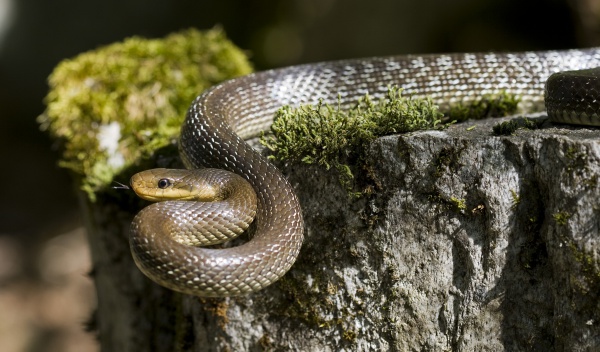Facts About Rat snake
Rat snakes are captivating creatures predominantly found in the Northern Hemisphere. They are non-venomous constrictors that primarily prey on rodents. Among them, the corn snake stands out as one of the most popular reptile pets globally. Interestingly, recent research has uncovered that some Old World rat snake species possess trace amounts of venom. Advances in DNA analysis have also led to revisions in the classification of these snakes.
For reptile enthusiasts, rat snakes are a favored choice in captivity. New World rat snakes are typically more docile compared to their Old World counterparts, making them easier to handle. However, climate change presents a complex array of challenges for these reptiles. On one hand, warmer temperatures can enhance their activity levels and increase the availability of prey. On the other hand, it can disrupt their hibernation patterns and render them more susceptible to predators.
Being ectothermic, rat snakes rely on their surroundings to regulate their body temperature. In regions like Ontario, Canada, they have specific temperature requirements for their daily activities. Climate change could alter their habitat preferences, activity schedules, and growth rates, potentially impacting their populations over time.

 San Marino
San Marino